Coconut:
Freshly Grated Coconut: For most of the recipes on this site, freshly grated coconut is what would work the best. My mom used to grate at least 3 whole coconuts per week and also utilize all of that through out the week!
You can get a Coconut scraper at any Indian grocery store .I have one in my kitchen that I had got from India when we first moved to the US …But wait a minute …before you start giving up on ‘Kerala cuisine’ , let me tell you that there is a nice and convenient alternative to freshly grated coconut in the form of packaged ‘freshly frozen grated coconut’ and believe me, the results are as good as the real thing! My favorite brand is ‘Daily Delights’ – It is the best and you can just easily thaw it in the microwave.
Another alternative to ‘freshly grated coconut’ is ‘freeze dried coconut powder’, also available in Indian and other oriental grocery stores which I believe also gets you good results , although personally I prefer the fresh frozen alternative.
Coconut Milk:
For getting fresh coconut milk, blend 1 1/2 cups of freshly grated coconut (or fresh frozen grated coconut that has been thawed) with 2 cups of warm water. Place a large fine mesh strainer over a pot and using your hand, strain the coconut milk into the pot. – This first press is the thick coconut milk. To get thinner coconut milk, take the strained coconut meat (after the first press) and again blend with 1 more cup of warm water and repeat the process. Discard the strained coconut. Some recipes ask for thick coconut milk and some thin coconut milk. you can mix the two and use too which is what I do usually. The above recipe will yield about 3 cups of coconut milk.
For some of the recipes, you will be able to easily substitute store bought ‘canned’ coconut milk instead of grated coconut without compromising the results too much.
Whenever I need to use or substitute coconut milk, I prefer using ‘Thai’ brand coconut milk which is relatively fresh when opened and also keeps well after opening the can. Just pour any unused milk from the can into an airtight container and refrigerate . It will stay fresh for up to two weeks.
Coconut Oil: Most recipes in typical Kerala cuisine require ‘coconut oil’ to truly add the distinctive flavor to the dish. You could substitute coconut oil with any other oil like olive oil or vegetable oil , however, you do end up compromising on the taste to a great extent since a lot of the recipes need that pure coconut oil to get that unique , distinctive taste. My preferred brand has always been the Indian ‘Parachute’ coconut oil which is available at Indian grocers in the US. The only problem I have with this brand is that it comes in a bottle shaped container and hence during cold weather it is a pain to get the oil out of it. This product is also used mainly as hair oil and hence the container’s bottle shape. However having used this brand for so many years, I can vouch for its purity – the unique distinctive taste and aroma of pure coconut oil.
Recently I came across another brand of coconut oil that also has the fresh taste and aroma of coconut oil and is extra virgin coconut oil – The brand is Better Body and Foods. And it comes in a convenient jar! I get mine from our local BJs! Other than these two brands, no other brand that I have tried has the distinctive flavor and aroma of pure coconut oil that is so essential to get the unique taste of Kerala dishes.
Jaggery:
 Jaggery or ‘gur’ is a specific type of sugar popular in India. It is normally manufactured from either sugar cane or date palms.This type of sugar is considered unrefined and is produced by boiling raw sugar cane or palm juice in iron pans. It is then formed into blocks. Because it does not go through additional processing, it does retain some of the natural vitamins and minerals of the ingredients used, though boiling the juice does deplete some of these. In taste this unrefined sugar has been compared to brown sugar, and to other forms of raw sugar. Sometimes, inferior versions may contain sand particles so best way to use is to boil in water until the jaggery dissolves. Then let it sit so that any sand particles settle down and then strain through muslin. Jaggery is available in large round loaves or small bricks that can be light to dark brown depending upon the base ingredient. Though considered healthier, it is still sugar, and is high in simple carbohydrates. In the US, jaggery is available in indian grocery stores or in organic markets. Amazon also has it.! Brown sugar can be substituted for jaggery in most recipes.
Jaggery or ‘gur’ is a specific type of sugar popular in India. It is normally manufactured from either sugar cane or date palms.This type of sugar is considered unrefined and is produced by boiling raw sugar cane or palm juice in iron pans. It is then formed into blocks. Because it does not go through additional processing, it does retain some of the natural vitamins and minerals of the ingredients used, though boiling the juice does deplete some of these. In taste this unrefined sugar has been compared to brown sugar, and to other forms of raw sugar. Sometimes, inferior versions may contain sand particles so best way to use is to boil in water until the jaggery dissolves. Then let it sit so that any sand particles settle down and then strain through muslin. Jaggery is available in large round loaves or small bricks that can be light to dark brown depending upon the base ingredient. Though considered healthier, it is still sugar, and is high in simple carbohydrates. In the US, jaggery is available in indian grocery stores or in organic markets. Amazon also has it.! Brown sugar can be substituted for jaggery in most recipes.
Kodapuli:
This is a special kind of tamarind that is used only in ‘Kerala’ cuisine. The scientific name of this fruit is ‘garcinia’
This is what Kodampuli looks like. 
Puli (pronounced ‘pulley’) means sour and usually refers to tamarind in southern Indian languages. Kodampuli is specifically used for Kerala fish curry. It is also termed ‘fish-puli’ and there is no substitute. Kodampuli has a wonderful smokey sourness* that is characteristic of Kerala fish dishes. I am yet to see a cookbook (in English) that correctly describes it, the closest has been a picture but no further explanation in the glossary. Kokum is sometimes noted as a close substitute. Kodampuli = Garcinia cambogia, Kokum = Garcinia indica, (- kokum is used as a sour agent (like tamarind) further north on the West coast of India in Maharashtrian cuisine.
*especially those that are aged and smoked.
Kodampuli is available in Indian grocery stores that cater to Kerala cuisine. – Although such stores are a little hard to find, once you buy a pack, these keep for very long – about 3 to 4 years.
Lentils:
Black chana(Black chickpeas or Kadala in Malayalam): A smaller and dark-skinned cousin of chickpeas, black chickpeas have a denser texture and stronger, earthier aroma. Black chickpeas should be soaked for at least 8 hours before cooking. Black chickpeas are cooked with other strong flavors in thick and hearty curries.
Channa Dal ( Bengal Gram ) A split version of a smaller but stronger-flavored cousin of the chickpea, channa dal has a sweet corn-like taste and is a very popular dal in India cooked with spices, onion, garlic or tamarind. Channa dal should be rinsed and soaked for 2-4 hours before cooking.
Roasted chana dal is also easily available in Indian grocery stores and is used in chutneys etc. More information on them can be obtained here :http://www.tarladalal.com/glossary-roasted-chana-dal-286i
Poha (Flattened rice)
Poha is flattened rice that is made from flattening rice to form rice flakes. These are generally available in two forms – a thin and a thick version. Various savory and sweet snacks are made using Poha. You can read more about Poha here
Toor Dal:These are yellow split lentils and it is available in all Indian grocery stores as well as major US grocers. Toor dal is among the most popular of dals in India, and is a staple of South Indian kitchens especially. Sold dry or coated in castor oil, toor dal should be rinsed and soaked in hot water for at least 2 hours before cooking, after which it cooks quickly. Or you need to pressure cook them. Easily digestible, toor dal goes well with spices and vegetables, and is the basis of South Indian “sambars“.
Urad dal: Available as Black gram – split or whole. Split dal is off-white in color while the whole dal is black. This lentil is a key ingredient for making ‘sour dough’ crepes and dumplings. It is also used for seasoning as it gives a very nice nutty flavor. You can read more information on urad dal here: http://www.tarladalal.com/glossary-urad-dal-941i
Rice:
Parboiled rice or brown rice: Parboiled rice is available in all Indian grocery stores. This rice complements ‘kerala’ cuisine the best.
Basmati rice: Nice fragrant rice; cooks fast and if cooked correctly, the grains stay separate and long and hence ideal for Biryanis.





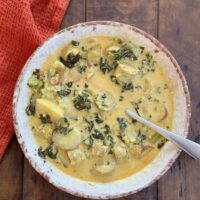
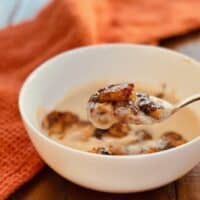


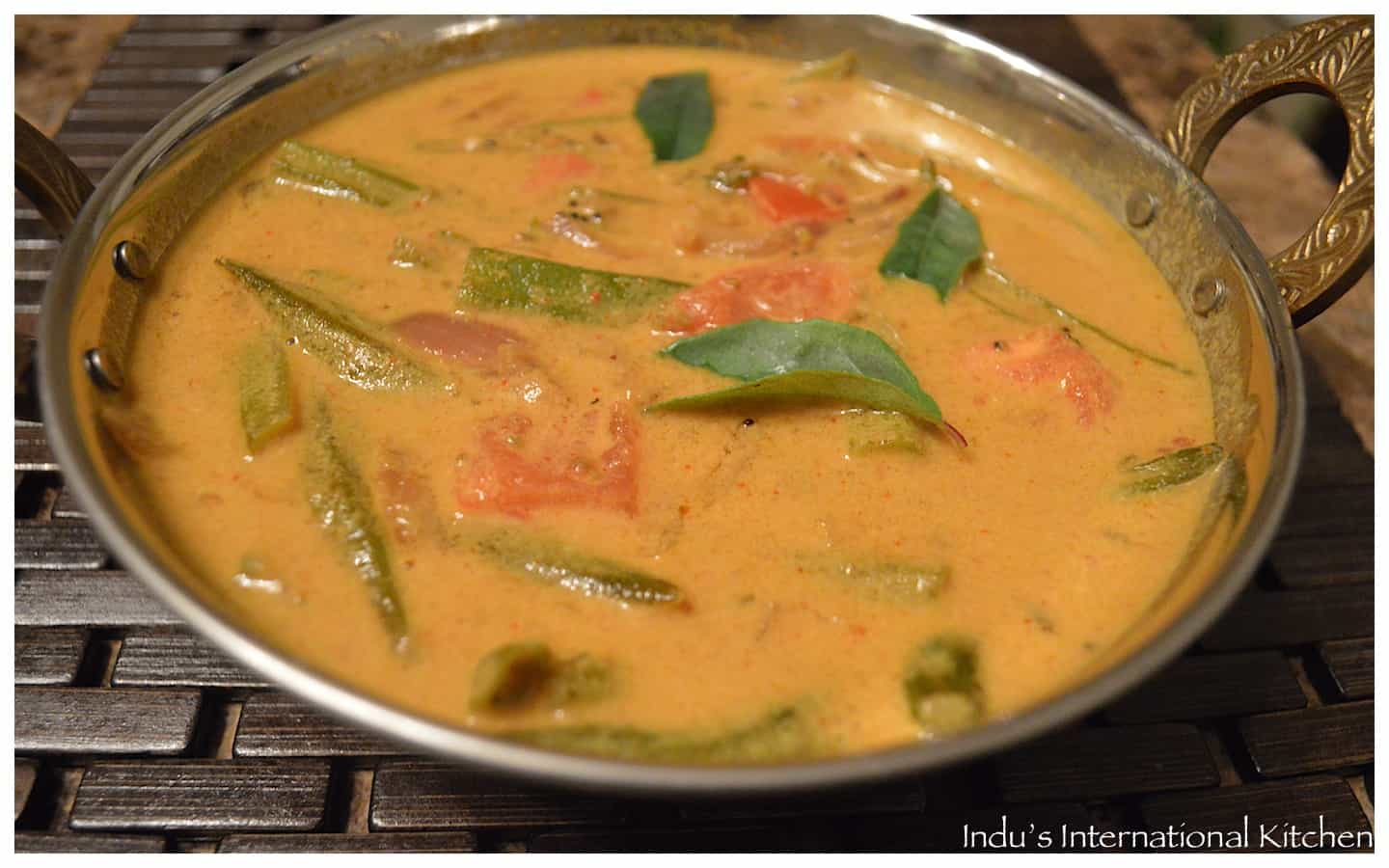

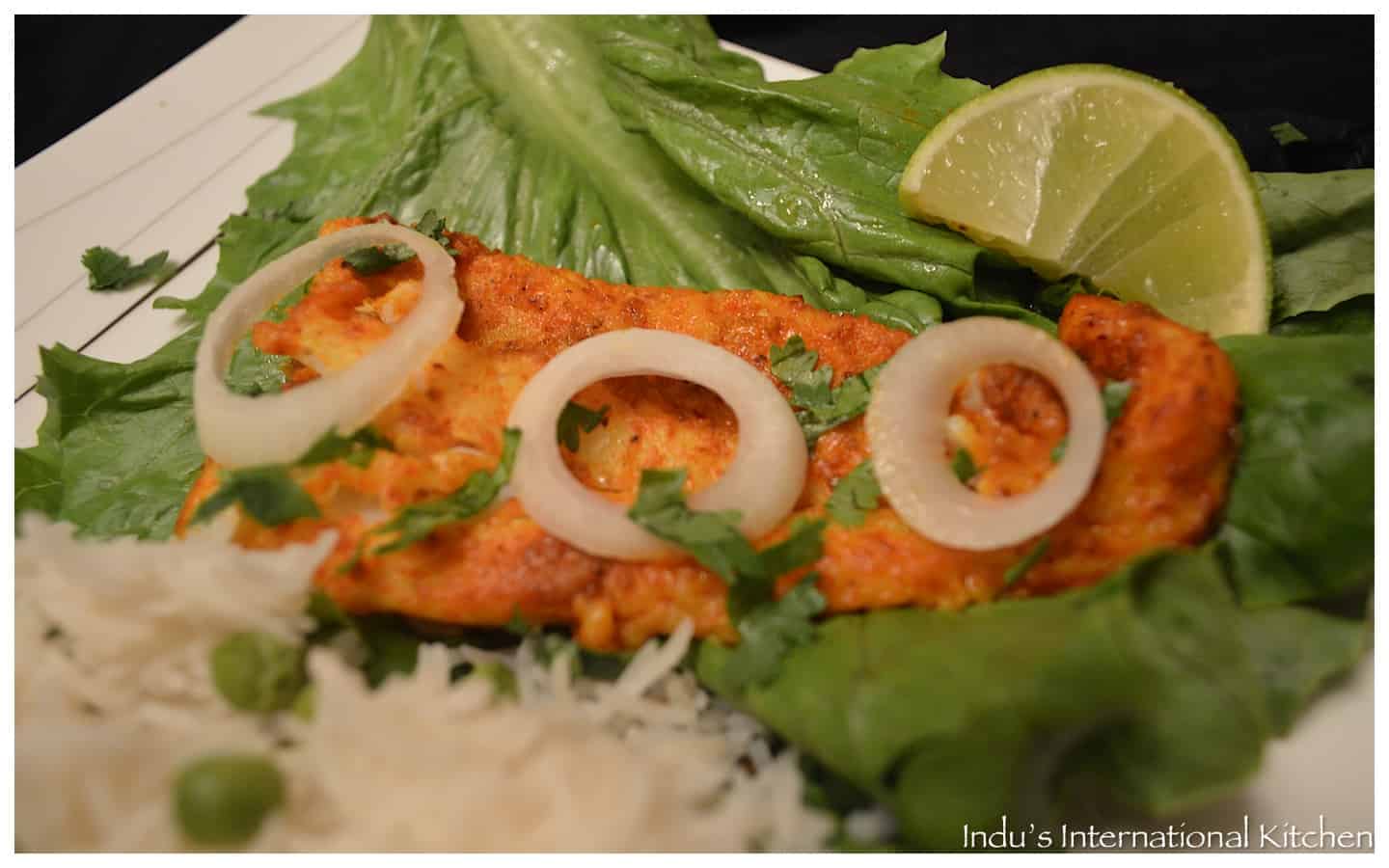
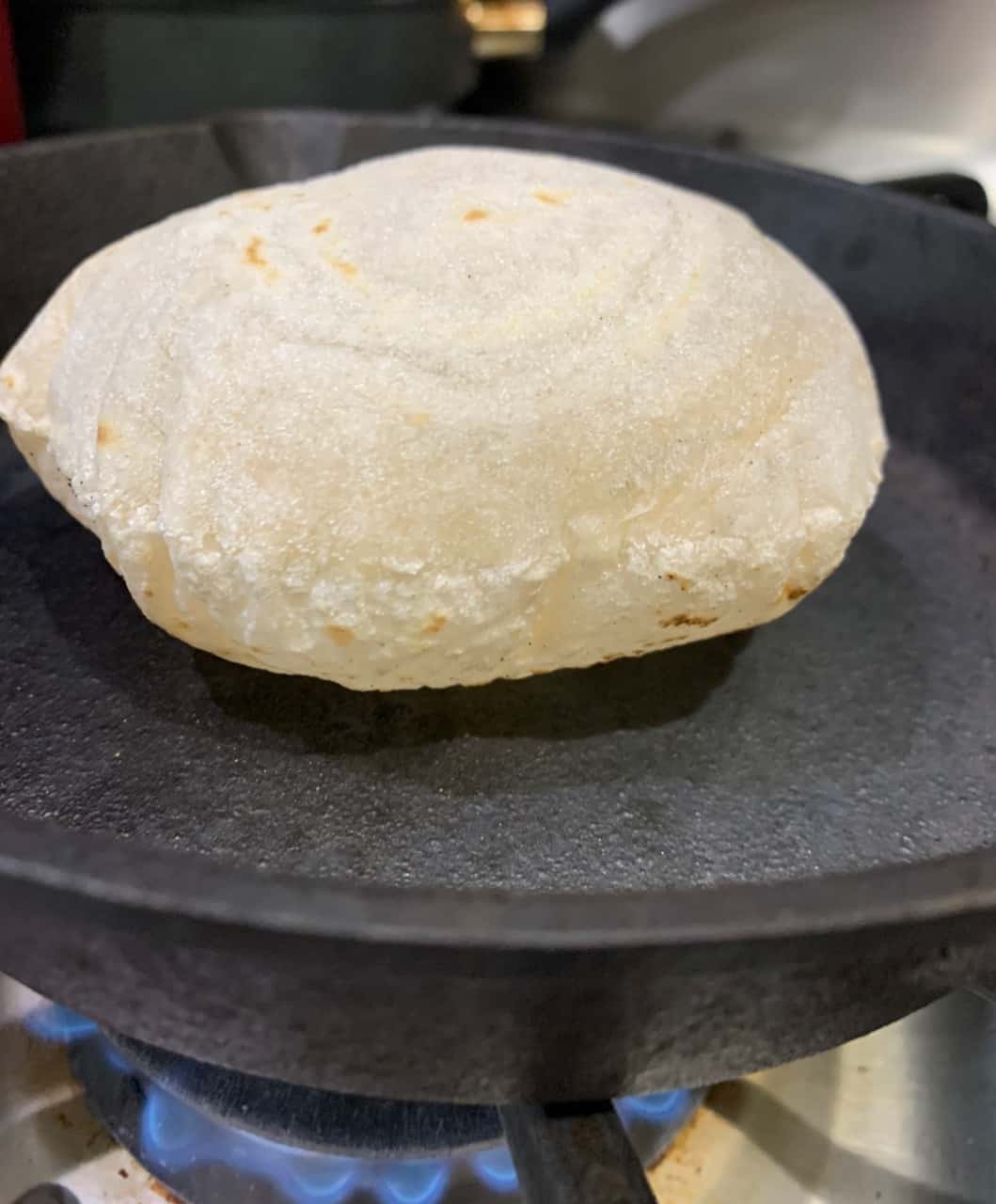

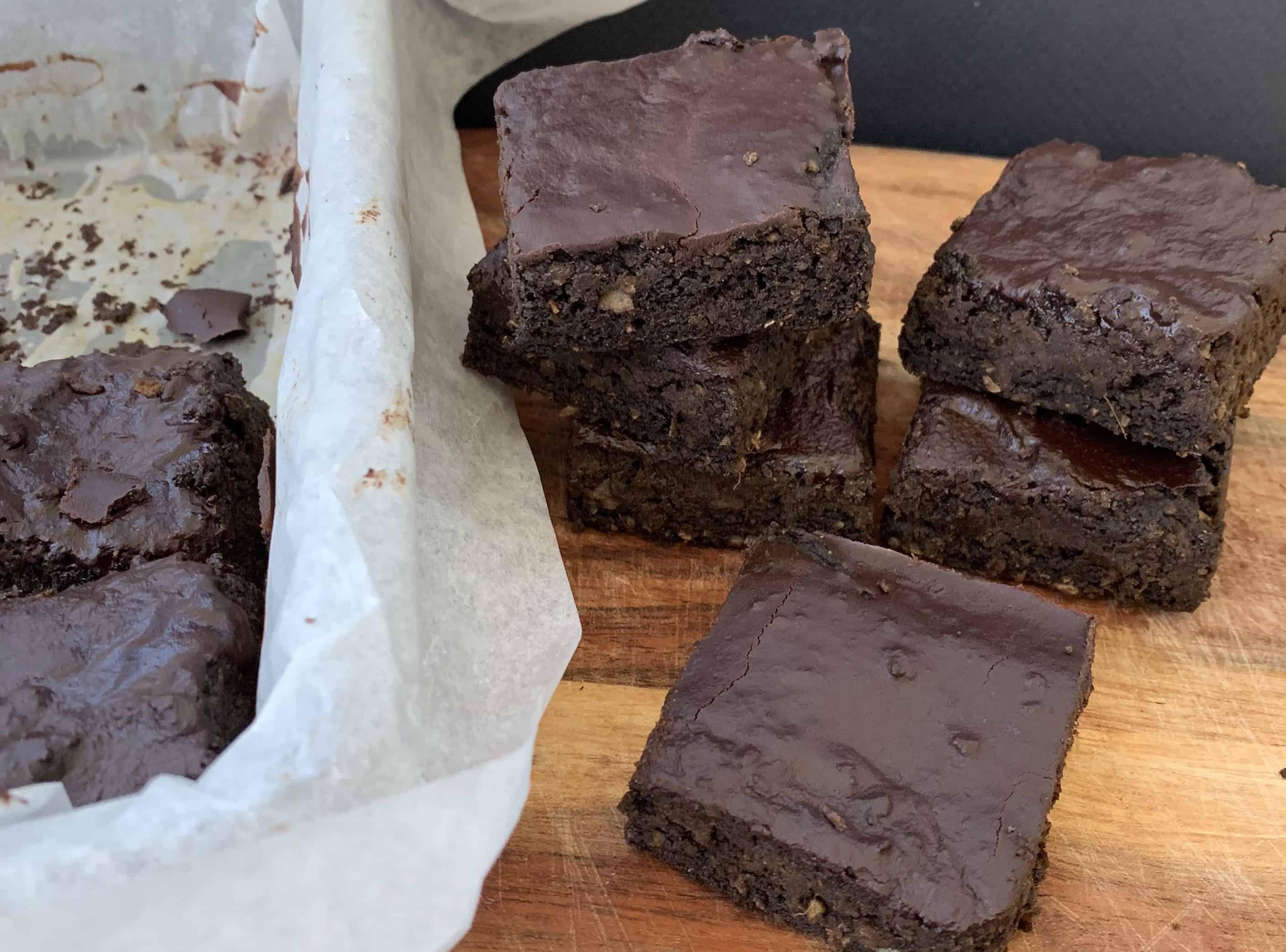
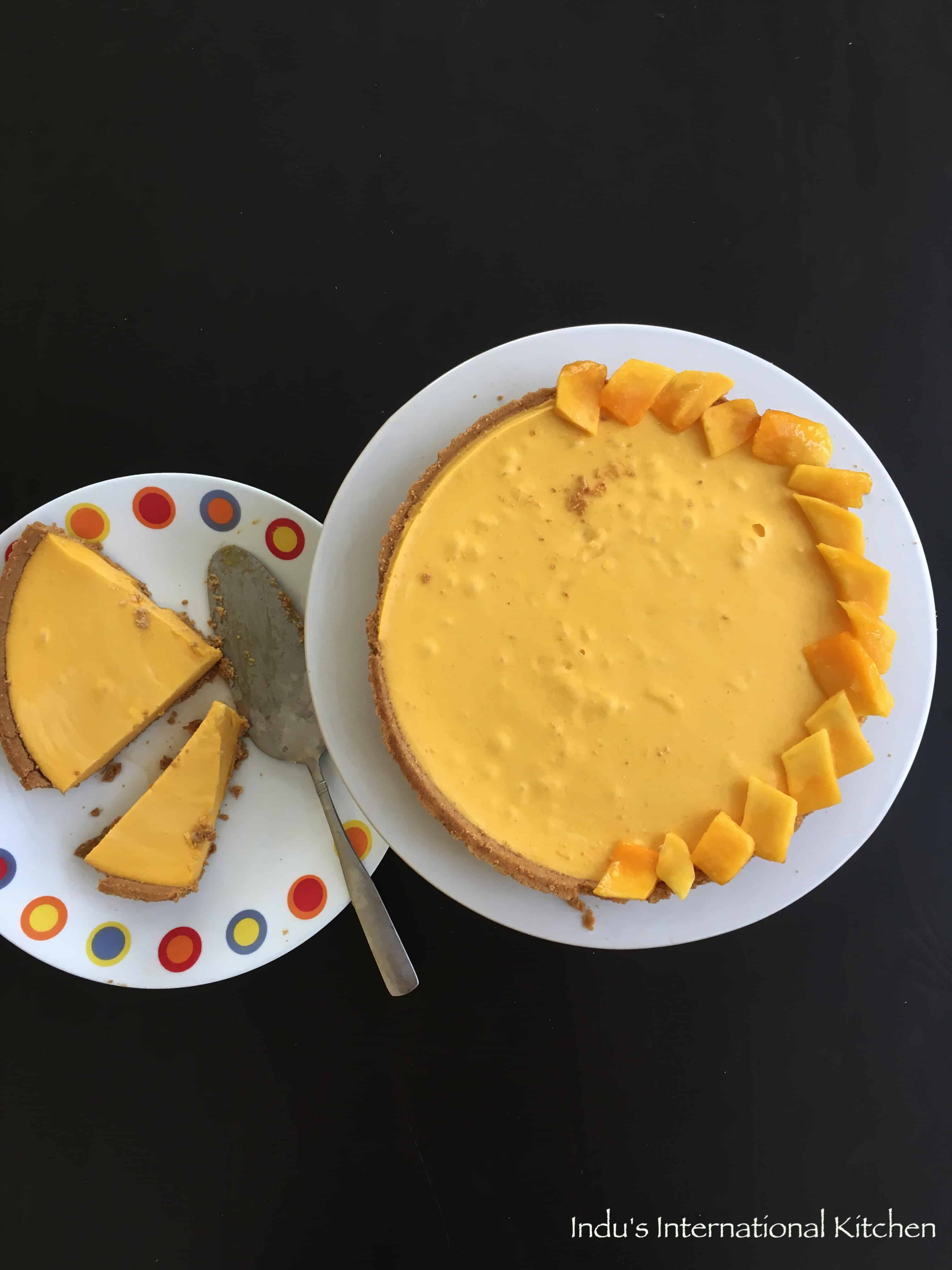
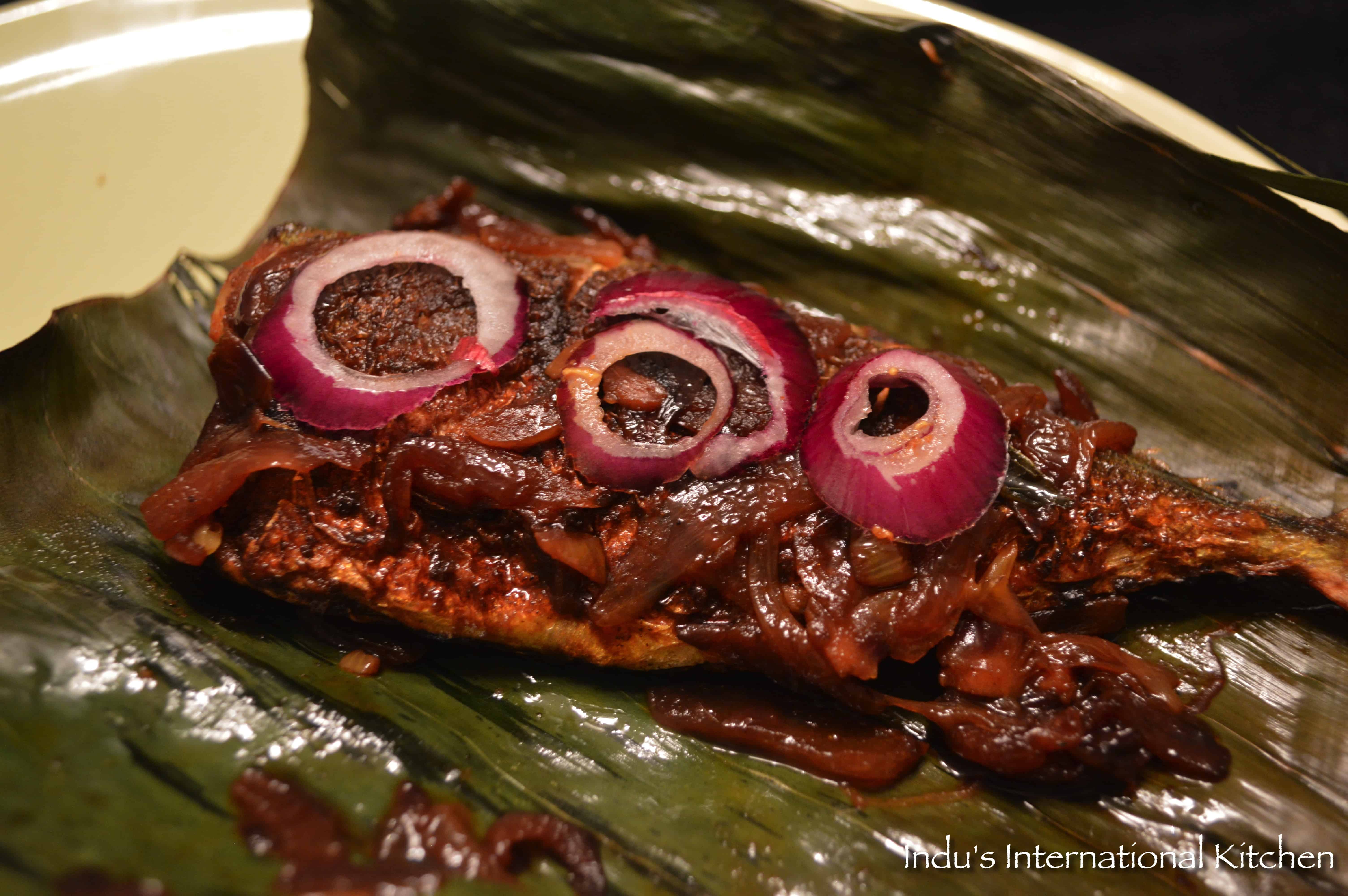

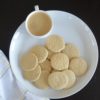
[…] Glossary […]
[…] Glossary […]
[…] Glossary […]
[…] Glossary […]